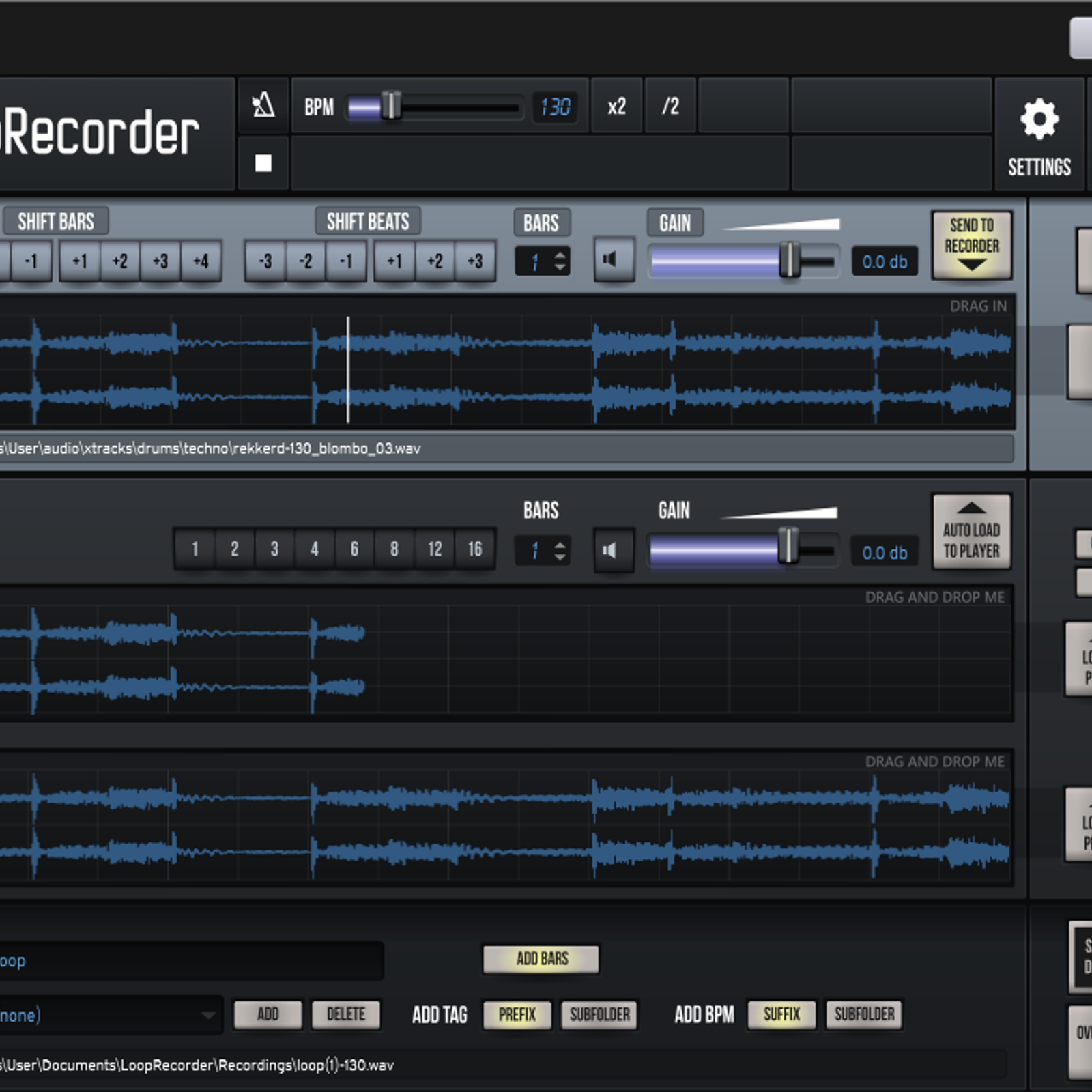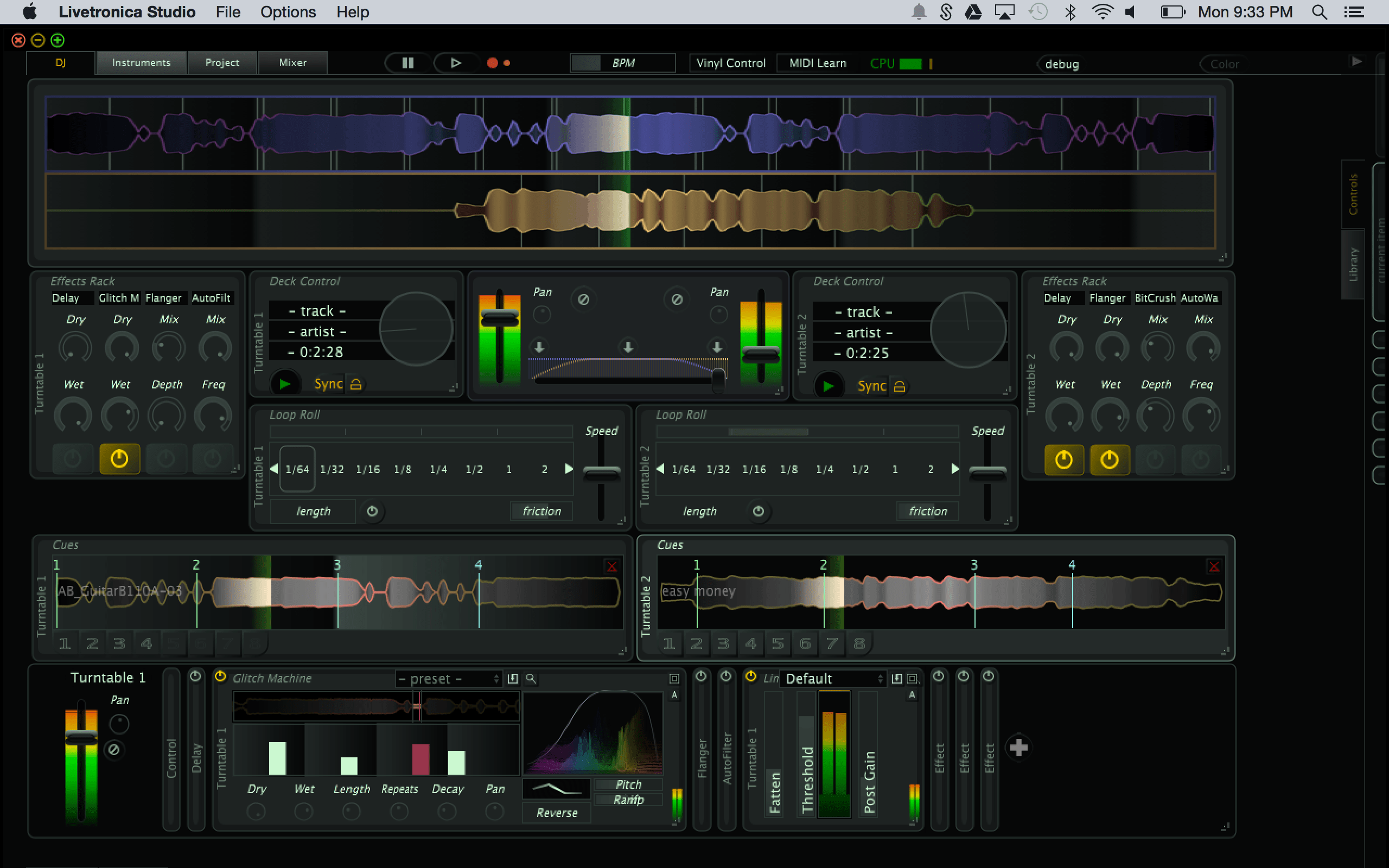Au Plugins Vs Vst
Synth arpeggios are popular in many different genres, including synth pop, trance and synthwave. While you can create arpeggios manually, they’re typically created by using an arpeggiator. But where do you get one of those?
Free 64 Bit Vst Plugins
Many synthsand sequencers, as well as many modern DAWs, have built-in arpeggiator effects.If you’re not happy with these or your synth or DAW doesn’t come with an arpfeature, this page is for you. In the following list, I’m collecting the bestfree arpeggiator VST and AU plugins available today.
Note: The plugins on this page do not create any sound on their own – you will need a sound source (for example a synth plugin like Serum or Massive) to hear anything.
How to usean arpeggiator in your DAW
Before weget to the list, here’s something a lot of new producers struggle with:
- MYTH: VST3 plug-ins are more efficient. VST is an interface specification of how a plug-in communicates with a host, so the plug-in efficiency depends on the plug-in, not on the VST spec. Both VST 2.4 and VST3 plug-ins have a common code base, and virtually all of a plug-in’s internal code is identical — move along, there’s nothing to see.
- FL Studio VST or AU Plugin FL Studio VST (Windows / macOS) or AU (macOS) FL Studio can be loaded and used as a VST instrument in Windows and macOS compatible hosts or in macOS hosts as an AU plugin. In this mode, the output is sent to the host and the play/stop events and tempo are synchronized.
- Welcome to the World's Largest Selection of plugins for music production, mixing, recording, mastering & more. At AudioDeluxe we offer Exclusive Deals and Monthly Sales on all the Best Selling and Top Rated VST, AU and AAX audio plugins.

How do you usean arpeggiator plugin in your DAW?
Last Updated on December 15, 2020 by Facundo. Finding good plugins, especially free ones that sound great, can be quite a challenge. This is why I put together this extensive list of free Plugins; from Synth, to Piano, Orchestra, Guitar, Drums, Bass, and more. All these plugins are both PC and Mac VST and AU so will work with Studio One. Get One Of The Best Pro Tools Instrument Plug-ins Xpand!2 For Studio One Free - Normally $69.99 One of the best virtual instruments to ever ship with Pro Tools is Xpand!2. VST - Virtual Studio Technology: most famous. VST version 2 and version 3 windows + mac; AU - Audio Units: Mac only; AAX - for Pro Tools windows + mac; It depends on DAW wich plugins are supported. Pro tools only supports AAX plugins. Ableton and Studio One support only VST and AU Logic doesn’t support VST and AAX, only their own AU standard.
While it’s hard to give a general answer, in most DAWs you will have to find a way to insert your arpeggiator plugin into the signal chain before your synth (or other instrument). Arpeggiators are not audio effects like reverbs or compressors, they are MIDI effects and should affect the MIDI data before it arrives at your synth. If you put an arpeggiator after a synth in the effect chain, you will typically not hear an effect at all! Mid side eq vst free. If you’re not sure how to add MIDI effects to your DAW, a look into the manual or a Google/YouTube search should help.
The Best Free Arpeggiator Plugins – A Collection
Arpimedes
Format: VST, 32 bit
OS: Windows
Audio examples:
You want to get the traditional arp sound but don’t want to spend a lot of time tweaking settings? Then you should check out Arpimedes by Tobybear. While it is the simplest arpeggiator VST on this list, it is also easiest to use. Set the speed, the number of steps (eight is the maximum), the number of octaves and the mode (up, down, up-down, down-up, as played, random) and you’re set!
This plugin is a good starting point when you’re new to arps but will probably not be sufficient if you need a little more control over your arp sound. As this one is an older release, it’s only available for Windows and runs in 32 bit.
Arpimedes is part of the Tobybear MIDIBag, which you can download here.
RandARP
Format: VST2, 32 bit + 64 bit
OS: Windows
Audio examples:

The cleanly designed RandArp is a VST plugin by CodeFN42. After choosing rate, note order and octave order, you have the possibility to play with certain settings that can then be randomized to your liking. These include number of octaves, velocity, gate, shift and swing. You can also choose the percentage of the note probability – this refers to how likely it is that a note is generated. Setting this below 100% means that more notes will randomly be skipped.
All in all, it should be noted that RandARP focuses (as the name suggests) almost completely on randomization features. There is no step sequencer where you can draw in notes and there is no feature to transpose notes (you’ll have to do that via MIDI), for example. So, if you want to design your arp sequences step by step, this will not be the right VST plugin for you. However, if you’re looking for an arpeggiator that helps you create ever-changing sequences, you definitely should check RandArp out.
RandARP canbe scaled up to 200% and comes with different skins for optimal usability. Althoughthe plugin is mostly self-explanatory, the download folder contains a 25-pagemanual that goes into detail on every feature and setting – perfect for anyone whowants to know how to get the most out of this free arpeggiator plugin.
You can download RandArp on the CodeFN42 website.
BlueARP VST
Format: VST, AU, 32 bit + 64 bit
OS: Windows, Mac
Audio examples:
Best Professional Vst Plugins
You want to have maximum control over your arp sequences? Then you should try out BlueARP VST by Oleg Mikheev (also known as Graywolf). When I first opened this plugin, I was a little overwhelmed by all the settings and boxes. However, after playing around with it a bit and watching the following video by howtomakeemusic, I found it’s actually quite easy to use:
Besides atypical arp engine where you can control settings such as gate time, swing andnumber of steps, there is also a detailed step sequencer that gives you theoption to change velocity, step type and transpose the note (octave orsemitone). Step type includes normal, off, rest and tie. I particularly likethe tie feature, which creates a gliding effect between steps.
If you wantto play chords, you have the option of playing all the notes of the chord atthe same time or you can choose exactly when each note of the chord will beplayed.
Additionally,BlueARP has countless advanced features, like setting a range for filtering outinput notes or forcing the arpeggiated notes to a particular scale. If you usearp sequences a lot in your music, BlueARP will give you plenty of features to getthe exact sound you’re looking for. You can find more information about thedifferent features in the manual that’s included in the download files.
BlueARP can be downloaded on Graywolf’s website.
If you find yourself enjoying BlueARP, you might also want to check out these five free skins by satYatunes or these 20 free skins by Valentin Zechiu.
Kirnu
Format: VST, AU, 32 bit + 64 bit
OS: Windows, Mac
Audio examples:
BeforeBlueARP appeared on the radar, Kirnu by Arto Vaarala was pretty much the numberone recommendation when it came to free arpeggiator plugins. Like BlueARP,Kirnu boasts a powerful step sequencer which can help you modulate settingslike note length, gate time, accent, transposition and shift.
Of course,you also have control over the rate, note type (normal, dotted, triplet), sortorder (when you’re playing multiple notes) and octaves. You can even choosefrom a long list of scales (including modes) if you’d like your arp sequences tostick to a certain scale.
Despite itscompact design, Kirnu is a powerful arpeggiator that can do a lot of funthings. Here are some examples from the developer:
I found Kirnu a little confusing in the beginning because not all of its features are self-explanatory. The download files don’t include a manual either – luckily, I found it on the developer’s website. After reading more about its many features, I found it much easier to create interesting sequences with it. /free-vst-plugins-for-sound-editors.html.
Note: Kirnu isn’t the same as Kirnu Cream, which is its commercial successor (if you’re interested in the paid version, please be aware that some stability and compatibility issues have been reported lately).
Alternatives
Looking foralternatives? Here are some more arpeggiator plugins you can try:
- mucoder hypercyclic (note: more step sequencer than arp) (VST, AU / Windows + Mac / 32 + 64 bit )
- Xoxos arp4midi (VST / Windows)
Over toyou…
Your favoritefree arpeggiator plugin was not included in this list? Let us know what you’reusing!
I realize that I have duplicates of several plugins across multiple formats. In some cases I have AU, VST, *and* RTAS. I hope to upgrade my machine soon to a Mac Pro and work between Live and the new Logic Pro Studio..
but I'm wondering if there are any rules of thumb between AU and VST plugins while I'm just working in Live on a PPC. Does one format use more CPU (i'm starving for processing power right now)? Is one more stable?
Basically, right now I'm making uneducated guesses about whether to run my plugins as AU or VST, and I'd prefer to know if my choices are effecting either my ability to process or the quality of the final product..